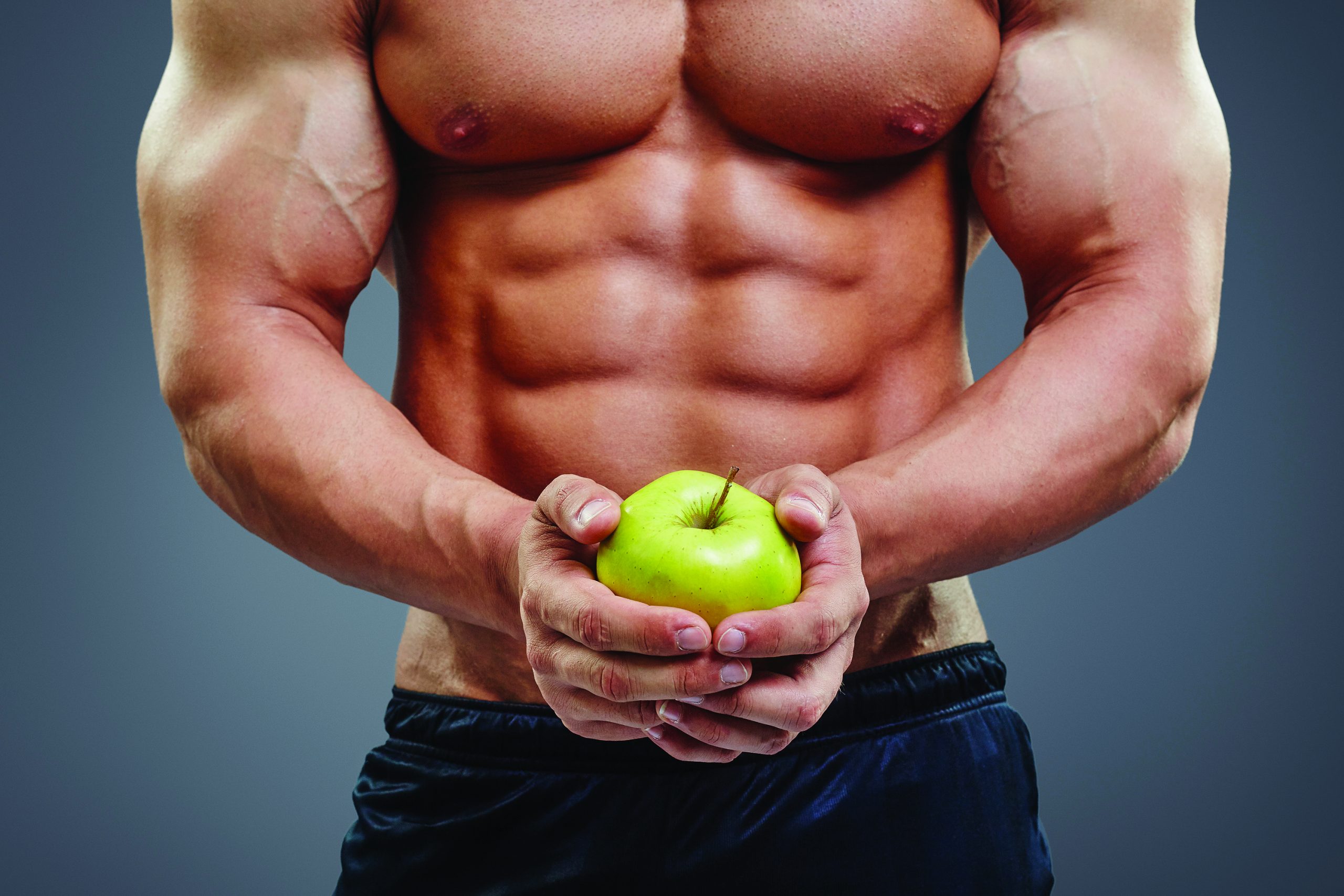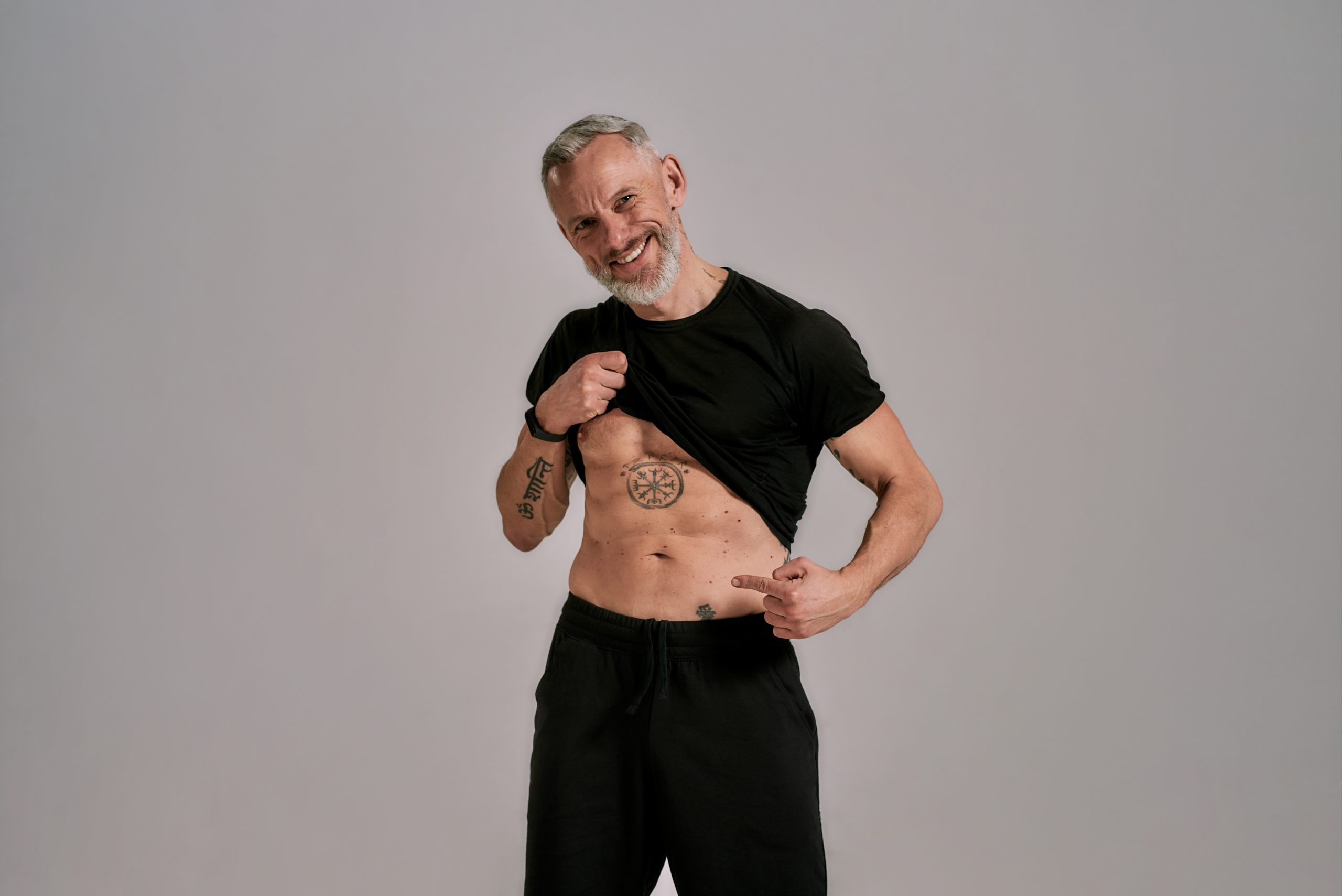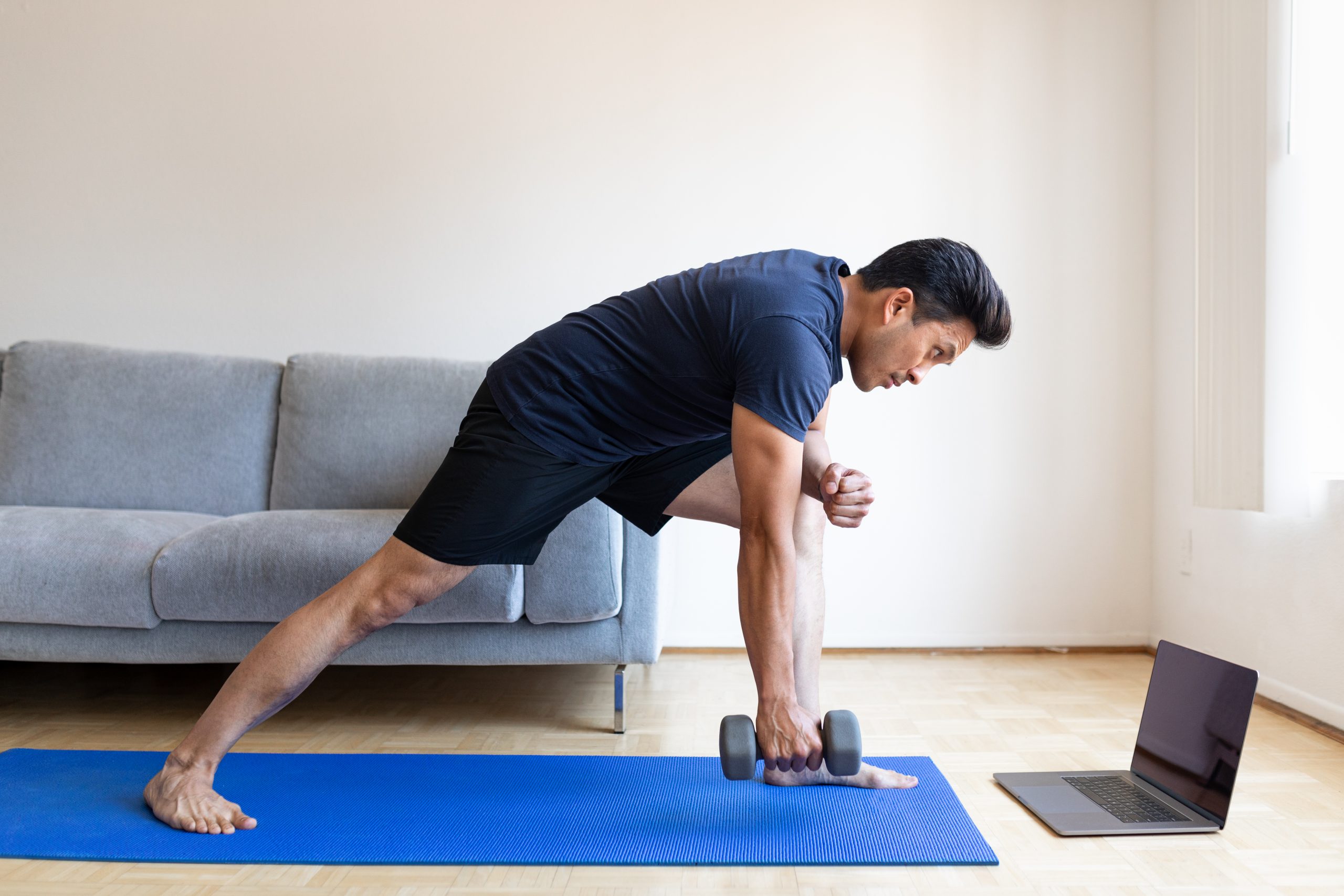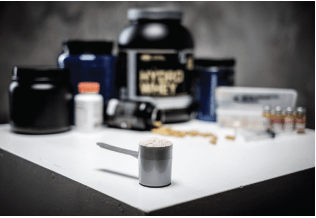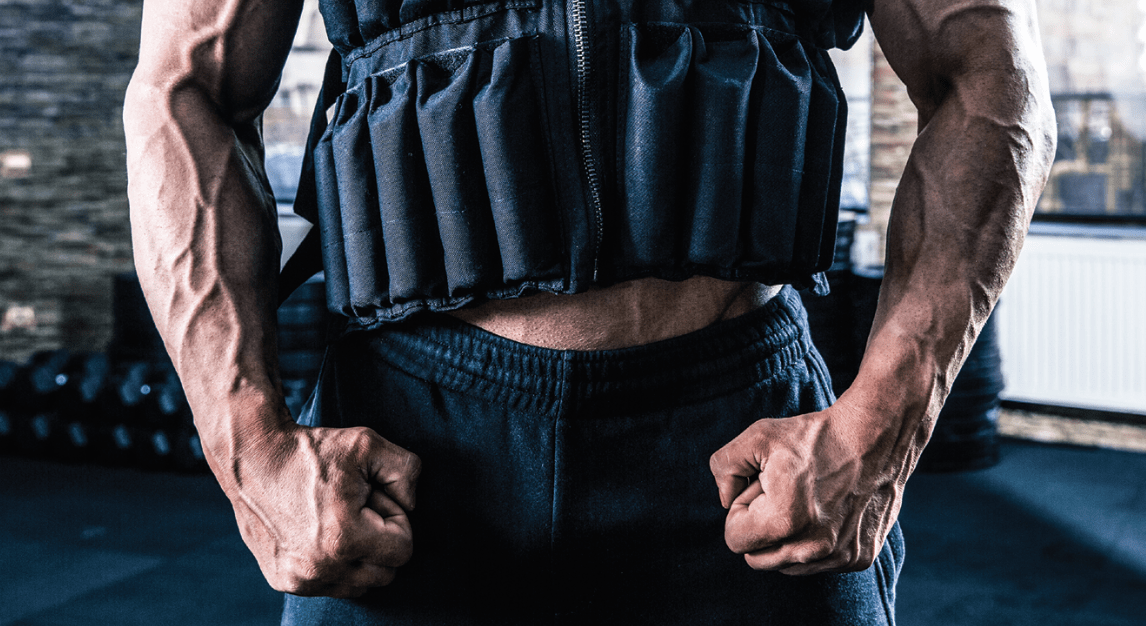Three Keys to Longevity
Here’s how to live longer than everybody you know
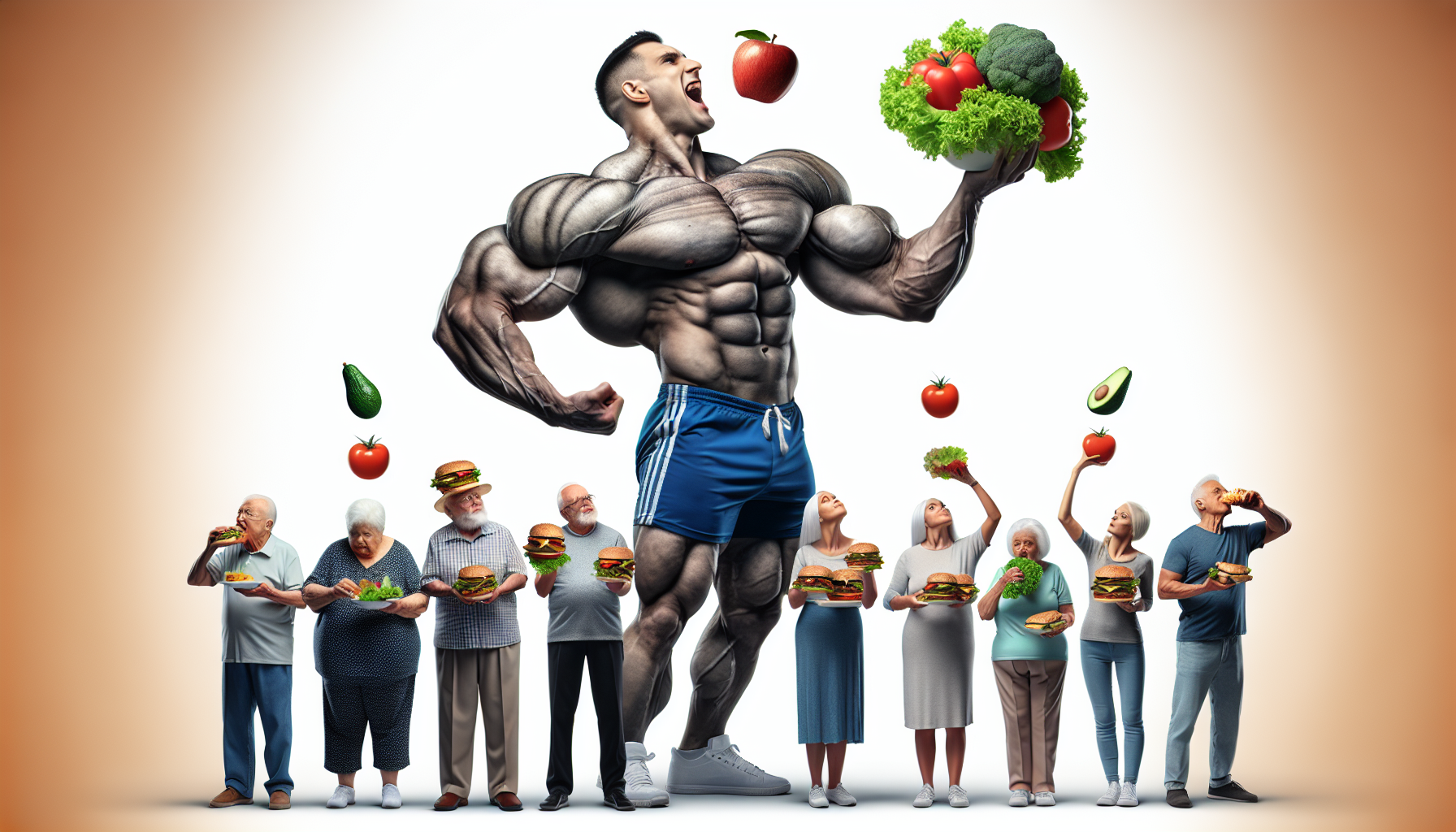
Regardless of fitness goals like strength, speed or overall “shreddedness,” we all share the desire to live longer. But we want not only a greater quantity of life, but also a greater quality of life.
To address that universal longing, Peter Attia wrote the book Outlive, The Science & Art of Longevity, a groundbreaking work on doing what needs to be done to optimize health and live fuller, longer lives.
The book identifies three categories of fitness. You can take control of one of them today and dramatically improve the health and well-being of your future years— with the bonus of reducing the likelihood you’ll die early.
The first comes as no surprise to anyone dedicated to building muscle.
Strength
Attia’s review of the research confirms that the more muscle you carry on your frame and the stronger you are relative to your peers, the longer you can expect to live.
That’s measured with a metric common to health and medicine—all-cause mortality, or ACM. It tracks deaths for any reason among a defined population over a given period.
Individuals with lower levels of muscle mass have a 200% increase in ACM relative to those with higher levels of muscle mass. It means that in any particular year, the lower muscle mass group has a 200% greater chance of dying.
The contrast is greater when you compare people with differences in strength. At the lower end of the strength spectrum, individuals have a 250% increase in ACM relative to those on the higher end.
For perspective, consider the effect of cigarettes. Smokers have a 40% to 50% increase in ACM relative to non-smokers
For guidance, Attia recommends increasing muscle mass and improving strength with three to four sessions a week of 45- to 75- minute resistance training.
Meanwhile, you’ve got to keep that heart pumping.
Cardiovascular
Attia learned the benefits of cardiovascular health and fitness during his days as a competitive cyclist, and his preferred metric for optimizing cardiovascular capacity is VO2 Max.
He says that for individuals in the same category—based on age and gender—the bottom 25% in terms of VO2 Max has a 100% increase in ACM relative to just the 50th percentile of the distribution, and a 400% increase in ACM relative to the top 2.5% of the distribution.
So, striving to boost the high end of your cardiovascular output can pay in terms of longevity.
To act, Attia advises boosting VO2 Max with two to three cycling sessions a week of 30 minutes to 45 minutes of moderate-intensity (Zone 2), plus one high-intensity 20-minute to 30-minute session using the Norwegian 4×4 training protocol.
Sure, but what about that cholesterol?
Bloodwork
While cholesterol has long been viewed as one of the greatest indicators of, and markers for, heart disease (atherosclerosis), Attia has found one specific element of LDL cholesterol could actually be one of the most informative: ApoB.
While often overlooked on a typical blood panel, a consistent thread in blood health research should not be ignored, he says. Those with lower levels of apoB in their blood had much lower risk of atherosclerosis, while those with higher levels of apoB had far greater risk of atherosclerosis.
Attia suggests getting a blood panel to check ApoB levels and also ordering a coronary artery calcium scan, or CAC, to check for calcification and soft plaque damage.
If there is no damage and no family history of heart disease, then a target ApoB level of 60mg/dcl is sufficiently low. If there is damage or a history of heart disease, then a more aggressive target ApoB level of 30-40mg/dcl is in order.
ApoB levels can be reduced pharmacologically with the help of your doctor. Or you can lessen them naturally through weight loss, reduced intake of saturated fat or increased consumption of fiber.
So, those are the big three. The choices are yours.
Jim Schultz, Ph.D., a derivatives trader, fitness expert, owner of livefcubed.com and the daily host of From Theory to Practice on the tastylive network, was named North American Natural Bodybuilding Federation’s 2017 Novice Bodybuilding Champion. @jschultzf3
